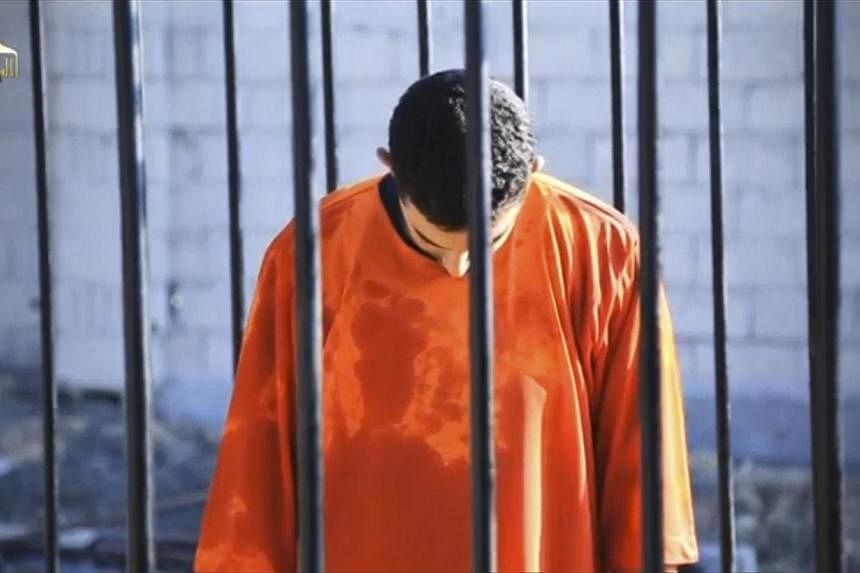Jordan has launched airstrikes against suspected hideouts of the militant Islamic State in Iraq and Syria (ISIS) group. Here's a broad timeline of the group's activities before the current confrontation:
2000-2004
In the early 2000s, Jordanian militant Abu Musab al-Zarqawi sets up Tawhid wa al-Jihad (Unity and Jihad), an extremist group which supports the syariah law and opposes Western involvement in the region. It becomes Al-Qaeda in Iraq (AQI) in 2003 following the United States-led invasion of Iraq. Its level of brutality alienates it from many Iraqi people and Al-Qaeda leaders.
2006-2007
AQI leader al-Zarqawi is killed in a US airstrike in 2006, while his group joins hands with other militant groups to form the Islamic State of Iraq (ISI). The network is weakened in 2007 following a US troop surge and the payment of Sunni tribes to form militias to expel AQI.
2011-2013
An anti-government uprising in Syria leads to civil war. ISI - now led by Abu Bakr al-Baghdadi - supports Syria's opposition rebels by setting up the militant Nusra Front and sending cash and fighters to help them fight the regime of Bashar al-Assad. But the group's brutal tactics are condemned by rebels, and Al-Qaeda disowns it. ISI rebrands itself as ISIS (the Islamic State in Iraq and Syria) and unleashes a cycle of bombings and ground battles in the region. As US troops withdraw from Iraq, violence perpetrated by ISIS rises. In July 2013, ISIS organises a mass break-out of its members from Iraqi prisons, freeing more than 500, many of them veterans of the Iraqi insurgency (2003-11) or senior commanders of ISIS.
2014
ISIS makes crucial gains in western Iraq and advances north and east. Their conquest of Iraq's second city Mosul in June 2014 sends shockwaves around the world. ISIS declares a caliphate across Iraq and Syria and calls itself the Islamic State. It starts recruiting supporters for their cause from around the globe, including from Malaysia, Indonesia, India, Australia, Britain and other countries.
A broad coalition of Arab and Western nations, as well as the Syrian air force, begin air strikes against ISIS hideouts, whose advances have forced more than one million Iraqis - including minority Yazidi communities - to flee the violence.
Since August, it has beheaded US journalist James Foley, French tourist Hervé Goudel, British aid worker Alan Henning and American aid worker Peter Kassig.
Al-Baghdadi repeats calls for lone-wolf attacks against Westerners, urging extremists to carry out killings and abductions wherever they are. In December, lone gunman Man Haron Monis takes hostages in a Sydney cafe and makes them hold up the ISIS flag. The 16-hour crisis ends with police gunning down Monis. The same month, ISIS captures Jordanian fighter pilot Muath al-Kasaesbeh after his plane crashes in Syria.
2015
ISIS beheads Japanese hostage Haruna Yukawa, a self-styled defence consultant and later also journalist Kenji Goto who has gone to Syria to try to secure his friend Yukawa's release. Goto's execution comes after negotiations over ISIS' demand for the release of Iraqi terrorist Sajida al-Rishawi on death row in Jordan fails. Jordan offers to free Rishawi if ISIS returns al-Kasaesbeh, but ISIS releases video showing the air force pilot being burnt to death while locked in a cage. Mass outrage erupts in Jordan, which swiftly executes Rishawi and another terrorist. Jordan launches air strikes against ISIS positions.
Source: BBC

